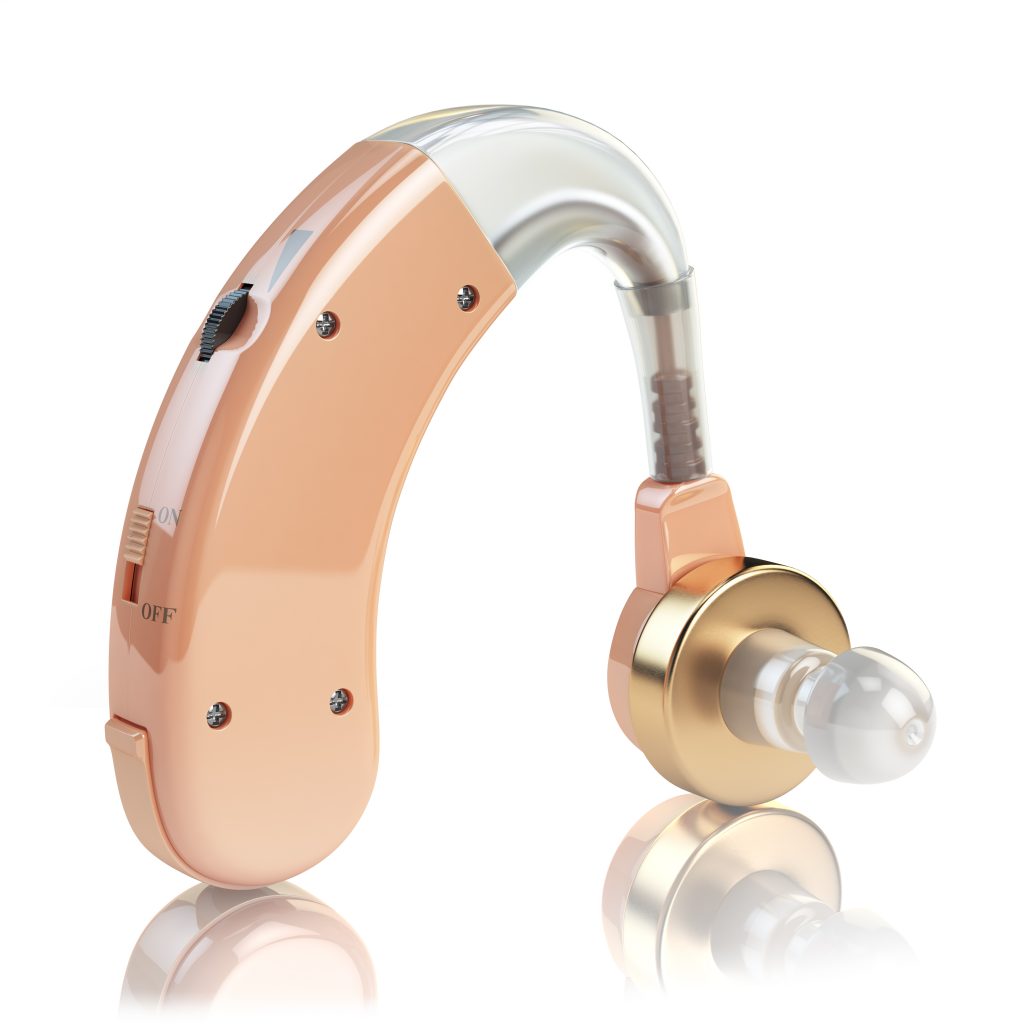5.1.2 Hearing Improvement
What is the Cocktail Party Syndrome?

Poor auditory discrimination, or difficulty hearing in a noisy environment.
Also known as Central Auditory Processing Disorder, or CAPD, the Cocktail Party Syndrome is the inability to hear clearly in a noisy environment. Background noise discrimination problem. This is a very common condition affecting about 20% of the population.
Researchers have identified certain parts of the brain that help to focus and filter out sound depending on our active desire to attend.
It is not generally recognized that the ear also plays a role in such focusing, since the ear and the brain work together to tune into sound. Tomatis suggests there is a focusing function in the middle ear muscles, which work as part of a feedback system with our auditory brain centres.
If you have to look at people when they speak, this means you are beginning to suffer hearing loss and are lip reading without knowing it. However, you may have “Cocktail Party Syndrome” without having hearing loss at all, as was the case for my mother.

How can Sound Therapy help the Cocktail Party Syndrome?

Improves auditory discrimination and the ability to focus on selected sounds and tune out background noise.
Sound Therapy is possibly most effective in treating the Cocktail Party Syndrome, of almost any condition we treat. This is significant as there is virtually no other treatment offered for this condition. It works in two ways.
- Ear focus. Enhancing the ability of the ear to focus on desired sounds by improving middle ear muscle performance.
- Brain focus. Enhancing the participation of brain centres in the auditory cortex to respond specifically to the sounds of interest.
Listeners generally report being able to socialize normally in noisy places after a period of Sound Therapy treatment.
![cocktailparty[1]](https://soundtherapysynergy.com/wp-content/uploads/cocktailparty1.jpg)
What is sensorineural hearing loss?

Hearing loss caused by damage to the neurochemical functioning or structures or the inner ear of auditory nerves. May be referred to as “nerve damage.”
Sensory Neural hearing loss refers to damage to the the inner ear system which is the sensory part of the ear.
This includes the cilia (the tiny, hair-like receptor cells in the inner ear and also the auditory nerve. This type of hearing loss is sometimes referred to as nerve deafness or industrial deafness. Clients may be told the nerve cells in their ear have been destroyed, but this is not necessarily always the case.
Constant noise exposure from loud music, factory machinery or farm equipment usually results in damage to the cilia. This damage is cumulative and usually affects people who work in noisy environments or have listened to a lot of loud music
What is conductive hearing loss?

Loss caused by damage to the middle ear structures and functioning.
Hearing loss caused by damage to the sound transmission system of the bones and muscles in the middle ear. The three little bones (ossicles) and two muscles in the middle ear act as a series of levers a pulleys to tune the ear.
They play a key role in hearing and if there has been damage to the middle ear then it may need rehabilitation to restore performance.
Such damage could include ear drum injury, otosclerosis (osteoporosis of the middle ear bones) or damage due to head injury or surgery.
How does Sound Therapy help hearing loss?

By stimulating and rehabilitating all the structures of the ear and the auditory-brain pathways.
Stimulating the ears with sound can activate many different sensory pathways in the brain and nervous system.
Hearing acts on all three levels of the brain, including the lower levels where instinctual drives and system integration take place.
The visual sense is seated only in the cortex. Therefore perceptual problems often need to be addressed through the auditory function.
These are the different ways that Sound Therapy is thought to help hearing.
- By excercising the muscles and helping them regain their tonality. This allows the ear to be responsive again to the full range of sounds.
- By stimulating and reactivating the cilia. Each of the cilia are tuned to certain frequencies and those in the high frequency range are usually damaged first.
- Sensory neural hearing loss is generally believed to be irreversible. Our theory is that cilia do regain some responsiveness as a result of the high frequency sound stimulation. Though not physically measured, we do have numerous cases of clinical evidence of listeners who have enhanced sensorineural hearing.
- Clinical evidence, where a program is working in practice on a real person is the strongest type of evidence, as opposed to laboratory tests on tissue samples for instance.
- It is most important to restore high frequency hearing as this sound is beneficial for the brain, and for emotional, human communication.
- Sound Therapy also improves the circulation, thus bringing more blood and nutrients to the area. Also recommend colloidal minerals and powerful anti oxidants as noise causes free radical damage to the inner ear.

What if I use a hearing aid?

Hearing aids are compatible with Sound Therapy. Do some listening with, and some without the hearing aid.
If a listener is using a hearing aid they should do some of their listening with, and some without the aids. Sound Therapy has helped people with hearing aids, to function better and get better use out of their hearing aids.
Many hearing aid users have difficulty with background noise as they also have poor auditory discrimination. Sound Therapy will address this problem by retraining the ear to focus, therefore making the hearing aids more useful and improving hearing aid compliance.
There are several examples of this in the Sound Therapy book.

What if I’ve had a stapedectomy or other ear surgery?

Sound Therapy can be very helpful both before and after ear surgery, as it works like physiotherapy for the ear.
After surgery it is important to have physiotherapy to get the muscles back in shape. Sound Therapy is like physiotherapy for the ear.
It can also be undertaken in preparation for the operation to get a better prognosis.
We have taken extensive case histories from listeners with otosclerosis, generally treated with a stapedectomy. Sound Therapy has given significant benefit both in cases where surgery had taken place and where surgery was not chosen.
Improving muscle function is clearly a useful strategy for this condition because when the bones cease up, this also affect muscle function.

